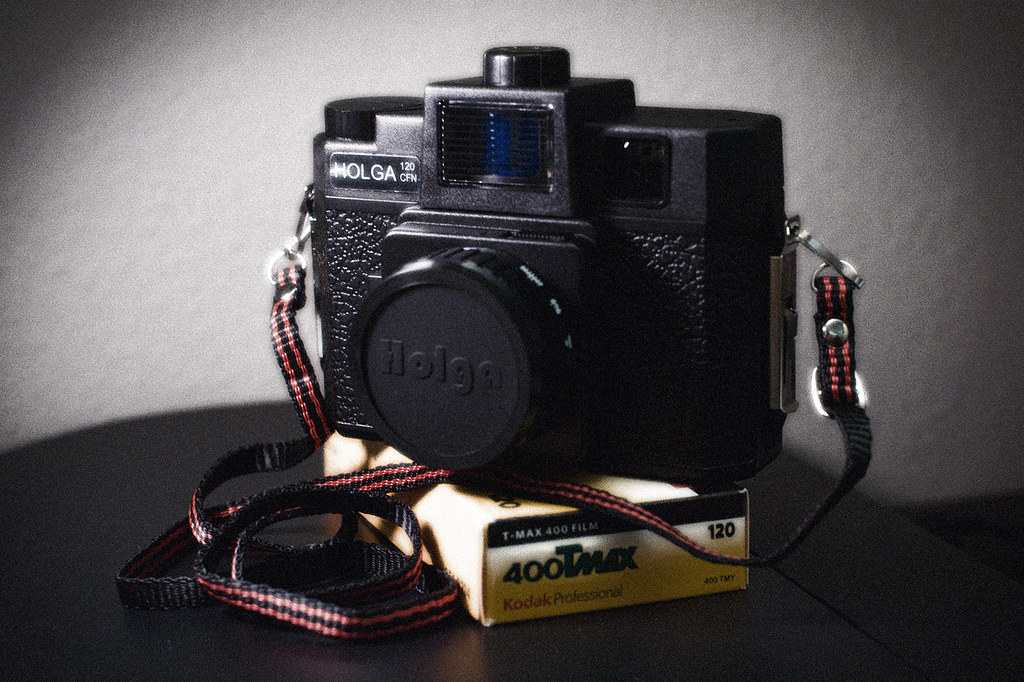Jeff Fillmore
Member
Plastic 60/8 Optical Lens
The heart and soul. A dead-simple multi-element plastic lens that makes colors radiate and makes total image sharpness take a brief holiday. You can also expect a bit of vignetting (darkening) around the edges – especially on a sunny day. The focal length is approximately equal to 38mm on a standard 35mm camera – so it's a little bit wider than the normal perspective.
120 Medium Format Film
From glossy fashion magazine covers, to dead-serious landscape shots, to the "Electric Slide" dance at Uncle Bob's wedding, the camera of choice if very likely to be medium format. Created by the Kodak company in 1898, medium format film has filled the guts of professional cameras for well over 100 years. At four times the size of 35mm film, it offers amazing resolution and deep, fantastic colors. A typical 120 print has an incredible richness and depth that no 35mm image can touch.
Built-In Colorflash
A beautiful and recent feature resulting from the success of our 35mm Colorsplash cameras. A little wheel sits around the powerful built-in electronic flash and allows you to choose a red, yellow, or blue filter to tint your burst of flash light. It's mad fun at night or during the day (as a fill flash). There's a clear filter too for those days when you want to keep it real.
Uncoupled Advance and Shutter
After you shoot an image, you can choose to advance it one full frame, a partial frame, or not advance at all. 120 film shows its exposure count on the back, and you can read it through a little red window on the rear door. This feature allows you to shoot limitless times on the same frame (multiple exposures) and advance only partial frames to create a semi-panoramic overlapping image. Hooray!
Variable Shutter Speeds
You lucky duck. You get two to choose from. The standard daytime speed of 1/125 second or the exotic long-exposure "B" setting – where you can hold the shutter open for as long as you want. Use "B" to capture dazzling night images without a flash. Pair the "B" setting with a flash shot to freeze your sharp, flashed subject in front of a streaming, glowing background. Team the "B" setting with a tripod (via the bottom tripod thread) for a sharp night portrait.
Variable Aperture
A little weather guide helps you out. Choose f/11 for sunny shots and f/8 for cloudy and nighttime shots. Pretty easy, that one.
Zone Focus
Fun, fabulous, and very fast. The lens has four focus settings – portrait, small group, big group, and infinity. Guess as best you can and fire away!









